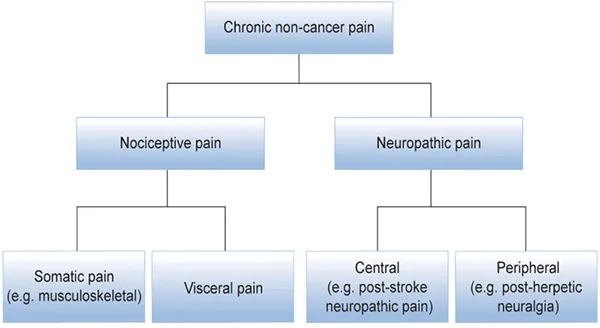
Chronic pain management
Vasu, Thanthullu , Balasubramanian, Shyam, Kodivalasa, Mahesh , Ingle, Pradeep Mukund
- English
- ePUB (mobile friendly)
- Available on iOS & Android
Chronic pain management
Vasu, Thanthullu , Balasubramanian, Shyam, Kodivalasa, Mahesh , Ingle, Pradeep Mukund
About This Book
Chronic pain is a silent epidemic — it is estimated to affect 20-30% of the population. A good understanding of the disease, diagnosis and management are imperative in providing patient-centred care. A broad range of practitioners will frequently encounter patients with chronic pain. This book covers important topics in chronic pain relevant to many clinicians including, but not limited to, anaesthetists, intensive care professionals, surgical and nursing staff, junior doctors, operating department practitioners, general practitioners and medical students. It makes essential reading for healthcare workers and is also an invaluable first reference for physiotherapists, healthcare managers, psychologists and researchers with a need for an overview of the key aspects of this topic. This book will not only be an invaluable resource for trainee anaesthetists but also for practising anaesthetists with an interest in teaching the basics of chronic pain; it is also a succinct aid for clinical practice. Medical students and junior doctors, who are about to embark on a career in anaesthesia or intensive care medicine, will also find the book to be a useful educational tool. Subjects discussed range from the comprehensive assessment of chronic pain to the multimodal management of chronic pain. It is written in a simple and consistent style that can be easily understood and applied to day-to-day clinical practice.This material will be an important tool for professional exams. It is an ideal companion for candidates who are preparing for their final exams that include the topic of chronic pain and will help to assess their preparation and guide appropriate revision. Questions on chronic pain appear in written and structured oral examinations. This book will be handy for candidates preparing for examinations conducted by the Royal College of Anaesthetists, UK (FRCA), The College of Anaesthesiologists of Ireland (FCAI), the European Society of Anaesthesiology (EDAIC), the European Society of Intensive Care Medicine (EDIC), the Australian and New Zealand College of Anaesthetists (FANZCA), the National Board of Examinations of India (Dip NB), and the American and Canadian board exams, as well as other competitive exams across the globe. Candidates appearing for advanced pain examinations will find this book useful to refresh their knowledge on pain medicine. The authors are consultants in pain medicine with clinical and teaching experience in university hospitals across the UK. They regularly conduct successful pain education courses which consistently attract good feedback. They conduct regular final FRCA and FFPMRCA exam courses attended by candidates from all over the country.
Frequently asked questions
Information

| Acute pain | Chronic pain |
|---|---|
| The normal, predicted physiological response to an adverse chemical, thermal or mechanical stimulus associated with surgery, trauma and acute illness. | A pain state which is persistent and in which the cause of the pain may not be apparent. |
| Time-limited. | May be associated with a long-term incurable or intractable medical condition or disease. |
| Responsive to therapy. | Difficult to treat. |
